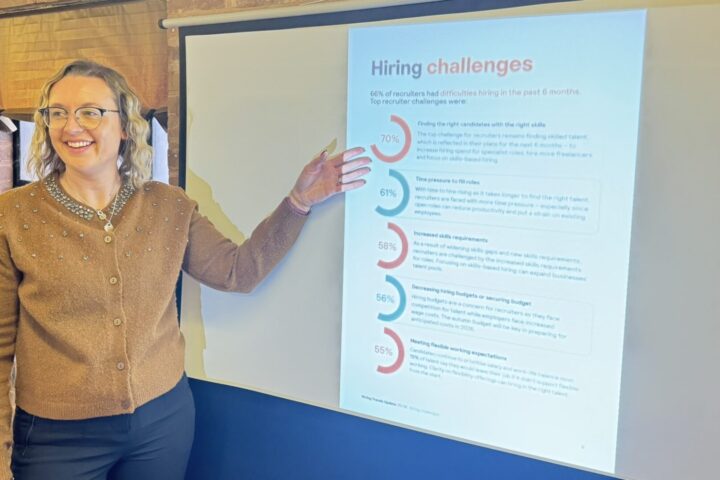The construction sector saw the fastest pace of job shedding since October 2020, according to the latest S&P Global UK Construction PMI report.
Staffing numbers were reduced for the third consecutive month in March 2025, reflecting the steepest decline in employment for nearly four and a half years.
Subcontractor usage also decreased at a solid pace, and companies reported further cutbacks to their input buying in response to lower workloads.
The headline S&P Global UK Construction Purchasing Managers’ Index posted 46.4 in March, climbing from 44.6 in February but remained below the neutral 50.0 threshold.
Lower volumes of construction output have now been recorded for three consecutive months.
Civil engineering was the weakest performing sector, with the index at 38.8 and activity decreasing at the fastest rate since October 2020.
Residential construction activity declined at a slower pace compared to February, with the index at 44.7.
Some respondents noted that easing borrowing costs helped support confidence, but overall demand remained weak.
In addition, commercial building activity posted an index of 47.4, marking a moderate decline.
However, the rate of contraction was the fastest since January 2021.
Lower business activity was linked to lacklustre UK economic prospects and the impact of rising geopolitical uncertainty on clients’ investment spending.
A marked deterioration in construction order books was recorded, with lower levels of incoming new work seen throughout 2025 to date.
Companies noted a lack of sales enquiries and increased competition for new projects.
Business confidence fell to its lowest level since October 2023, with firms citing lower workloads, elevated interest rates, and concerns about the broader economic outlook.
Some businesses expressed optimism about demand prospects in the renewable energy sector.
Higher payroll costs, due to forthcoming rises in National Insurance contributions and the National Minimum Wage, continued to push up average cost burdens.
Input cost inflation also accelerated to its strongest rate since January 2023.

















